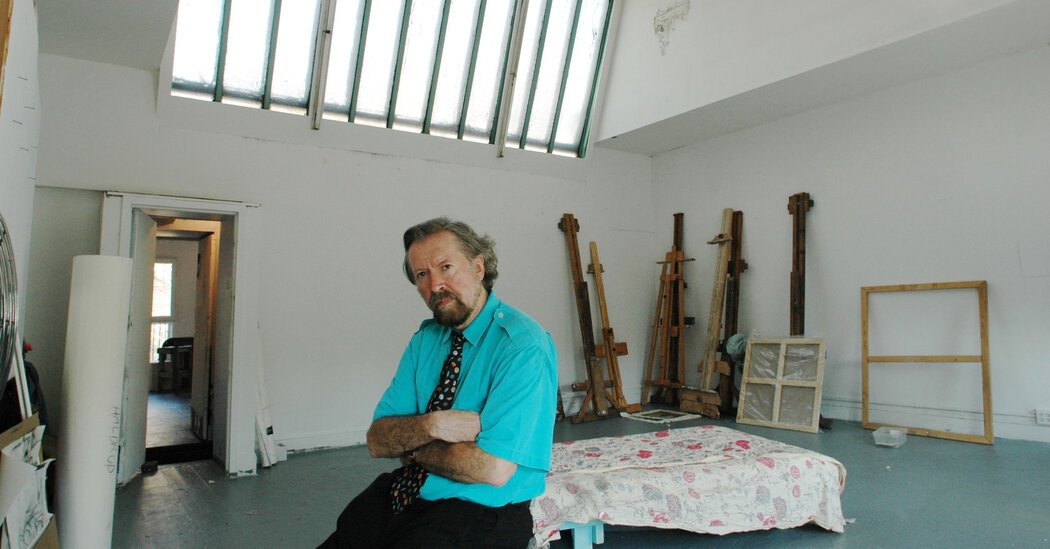This was a practice he followed throughout his life. Determined to capture the dawn of the new millennium on Long Island, he stayed up all night to wait for it. It turned out to be a cloudy day, but he painted it anyway.
“I’m interested in things that are opposites — dichotomies,” he told Hyperallergic magazine in 2014. “Obsession, and what you do with it, is part of that double thing: It is obsessive, but it is good for you. How can you paint bathers for 30 years? How can you paint sunsets for such a long time? Well, you can if you feel that they are still as thrilling and challenging as they were from the first.”
In 1976, Mr. Nickson moved to the United States on a Harkness Fellowship. His work is in the permanent collections of the Metropolitan Museum of Art, the Museum of Modern Art and the Buffalo AKG Art Museum, among other institutions. He taught marathons all over the world and began offering them on Zoom during the pandemic.
In addition to Ms. Amory, Mr. Nickson is survived by their daughter, Serena Nickson, a painter; and a sister, Wendy Duxbury.
No two marathons were alike, but Mr. Nickson led his students through some essentials, which largely had to do with exercises — painful ones — to help them jettison their ideas about what drawing meant and how to understand space. He exhorted them to explore the spaces between objects, as hills and valleys to investigate and plumb.
The students worked in charcoal, on enormous sheets of paper, in front of sets constructed of disparate objects — dead tree branches, baskets, bowls, bottles, vegetables, scrunched-up fabric — and live models. In an essay for The New York Times about the marathon she attended in 1998, Sarah Boxer described the day one woman was concentrating so intently on her work that she fell off her ladder, as another student moaned, “Are we just going to be broken down and broken down and broken down?”
Read More: Graham Nickson, 78, Dies; Passionate Steward of the New York Studio School


